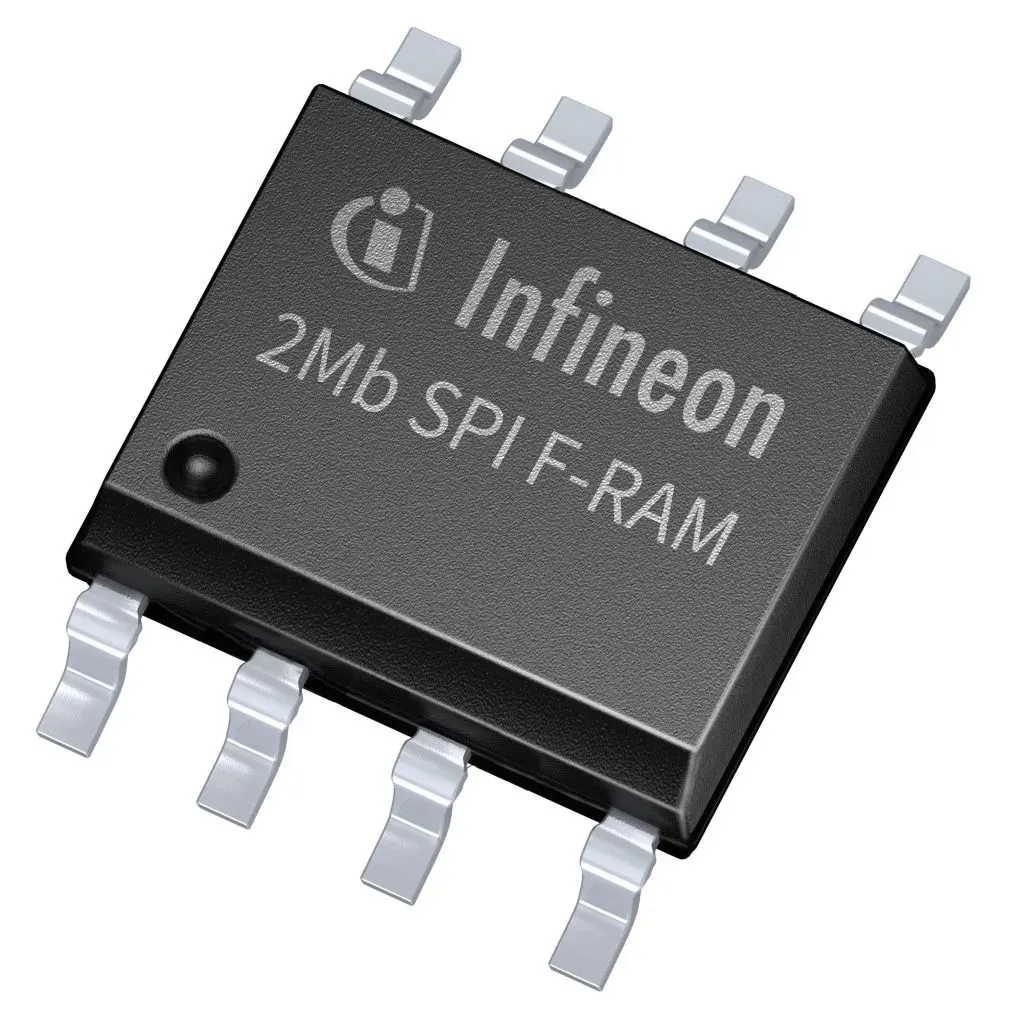NewSpace refers to the commercialisation of space exploration by private companies and startups, often with less governmental oversight than traditional space program es.
Driven by the rising demand for global connectivity (direct-to-cell), NewSpace initiatives aim to combine LEO satellite constellations with IoT.
These missions typically rely on smaller satellites, ranging from nano-sats to 250 kg Sats, and are shorter in mission duration and less expensive, enabling the deployment of large-scale LEO constellations.
With lower launch costs and reduced radiation exposure in LEO, many NewSpace applications can benefit from COTS components that deliver robust performance without requiring traditional military or aerospace qualifications.
Infineon’s NewSpace memory portfolio includes three product families: low-power, radiation-tolerant FRAMs; QSPI NOR flash memories with 256 Mbit and 512 Mbit densities; and 256 Mbit/512 Mbit pseudo-static RAM (pSRAM).

The FRAMs operate across a wide MIL temperature range of -55°C to +125 °C, while the NOR Flash and pSRAM devices support a range of -40°C to +125°C. Radiation tolerance demonstrates a total ionizing dose (TID) rating of 50 krad(Si) for the FRAMs, 30 krad(Si) for the NOR Flash, and 100 krad(Si) for the pSRAM.
Additional benefits include single lot date code and 100 percent electrical testing to ensure reliable mission operation. With these characteristics, Infineon’s memory products are ideal for short-duration, high-redundancy, and large-scale LEO constellations.
Infineon’s pSRAM are the first of their kind for NewSpace, offering a unique memory type, whose memory array is structured like DRAM internally but presents itself like static RAM (SRAM) externally. The pSRAMs are a low-power, high-performance, and low pin-count solution that is ideal for high-throughput data buffering applications.
In addition to the NewSpace memory solutions, Infineon’s IR HiRel group offers a broad portfolio of radiation-tolerant power devices designed for the commercial space market.
The portfolio features power MOSFETs optimised for 2-to-5-year LEO missions. Available in 60 V and 150 V N- and P-channel variants, these devices are qualified to AEC-Q101 and come in a plastic package, with options for surface-mount and through-hole mounting. The devices are rated for a TID of 30 krad(Si), supporting radiation requirements of modern LEO missions.
More at www.infineon.com/hirelmemory.
